
FLIO ushers clinicians from structural to functional imaging, said Robert Sergott, MD, in a presentation at the International SPECTRALIS Symposium

FLIO ushers clinicians from structural to functional imaging, said Robert Sergott, MD, in a presentation at the International SPECTRALIS Symposium
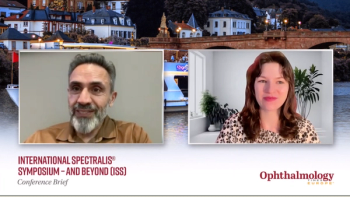
In the second of two video interviews from the International SPECTRALIS Symposium, Prof Malik emphasises the importance of corneal imaging

Anat Loewenstein, MD, presented real-world results of remote imaging at the International SPECTRALIS Symposium

Dr Brunstetter, a US Navy Aerospace Optometrist at the NASA Johnson Space Center in Houston, Texas, delivered the lecture at this year's ISS alongside his colleague Warren Hoburg
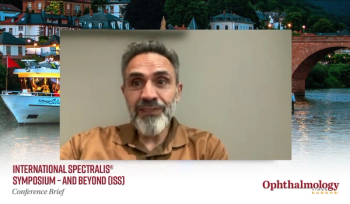
Prof Malik shared his presentation, titled "An eye on neurodegenerative diseases: Challenging the dogma," at this year's International SPECTRALIS Symposium
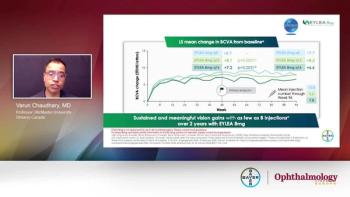

At the Retina World Congress, we spoke with Siegfried Priglinger, MD, about ensuring the best outcomes for preschool-aged patients
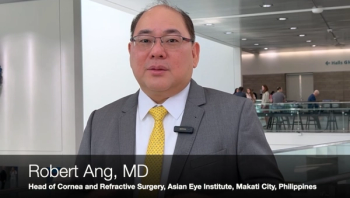
At the 2025 ASCRS meeting, Dr Ang said small aperture IOLs can benefit all patients, especially those with complex corneas or who have undergone previous corneal refractive surgery

Detecting mitochondrial dysfunction may give clinicians a chance to reduce the rate of cognitive decline in patients with dementia
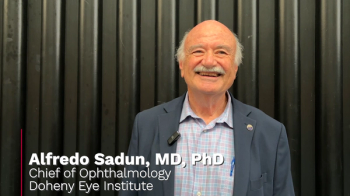
At the 2025 ARVO annual meeting, Prof Sadun shared an exciting update in our understanding of Leber hereditary optic neuropathy
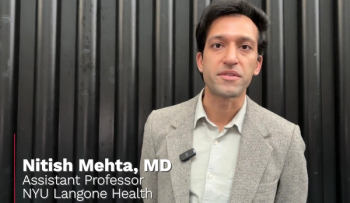
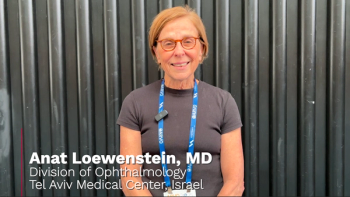
Prof Loewenstein and a cohort of colleagues assessed the current treatment outlook for patients with diabetic retinopathy
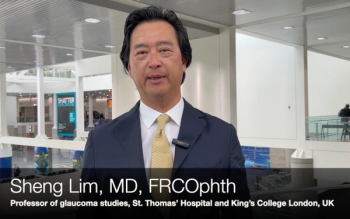
Endoscopic cyclophotocoagulation (ECP) has major potential for patients with glaucoma

Treatment regimens with long-duration therapies continue to be a conversation starter among retina specialists
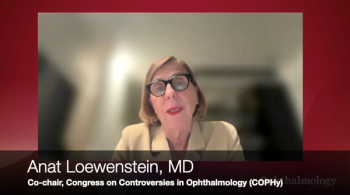
The Congress on Controversies in Ophthalmology highlights debates, but also discussions

The Elios procedure shows promise in improving aqueous humour outflow and enhancing the effectiveness of minimally invasive glaucoma surgery, with ongoing research exploring optimal treatment strategies.

Panelists discuss how longer-acting treatments will enable extended intervals between visits while requiring careful adjustment of monitoring protocols and clinic workflows to balance reduced treatment burden with maintaining adequate disease surveillance.

Professor Anat Loewenstein, MD, speaks about her presentation from the 22nd Annual Angiogenesis, Exudation, and Degeneration Meeting

Panelists discuss how loading doses remain crucial for treatment-naive patients to achieve rapid disease control, while patients switching therapies may require modified approaches based on their prior treatment response and disease activity.

Panelists discuss how real-world evidence provides crucial insights into treatment effectiveness across diverse patient populations and clinical settings while highlighting challenges in maintaining clinical trial protocols’ stringent adherence and monitoring in everyday practice.
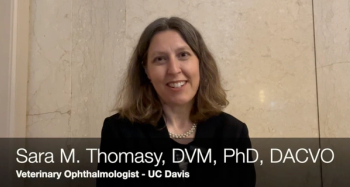
Sara M. Thomasy, DVM, PhD, DACVO, discusses the importance of examining how glaucoma affects companion animals like dogs, cats and horses

The interventional glaucoma mindset can maximise quality of life, but requires clinicians to act fast


Panelists discuss how both medications demonstrate favorable safety profiles in clinical trials, with aflibercept 8 mg benefiting from extensive 2-mg safety data, while acknowledging the need to monitor intraocular pressure due to increased injection volume, particularly in at-risk patients.

Panelists discuss how faricimab’s dual inhibition of Ang-2 provides additional benefits in vascular stability and inflammation reduction beyond VEGF-A suppression alone, potentially leading to improved durability and treatment outcomes in selected patients.

Panelists discuss how faricimab’s bispecific antibody design uniquely targets both VEGF-A and Ang-2 pathways, addressing the complementary role of Ang-2 in vascular destabilization and inflammation in retinal diseases.

Panelists discuss how novel intravitreal agents faricimab and high-dose aflibercept 8mg offer potential advantages in treating retinal diseases through their extended durability and dual mechanism of action.

Panelists discuss how ideal candidates for aflibercept 8 mg include patients with stable disease on current anti-VEGF therapy who seek reduced treatment burden, newly diagnosed patients, and those demonstrating good response to initial loading doses.

Panelists discuss how careful patient selection and management of potential complications - including surgical risks, device-related adverse events, and cost-benefit considerations requiring operating room resources - are crucial factors in successfully implementing the port delivery system in clinical practice.

Panelists discuss how the Port Delivery System (PDS) presents important considerations around adverse effects, patient selection criteria, and adoption challenges including surgical requirements and cost-benefit analyses that must be carefully weighed when integrating this technology into retinal practice.